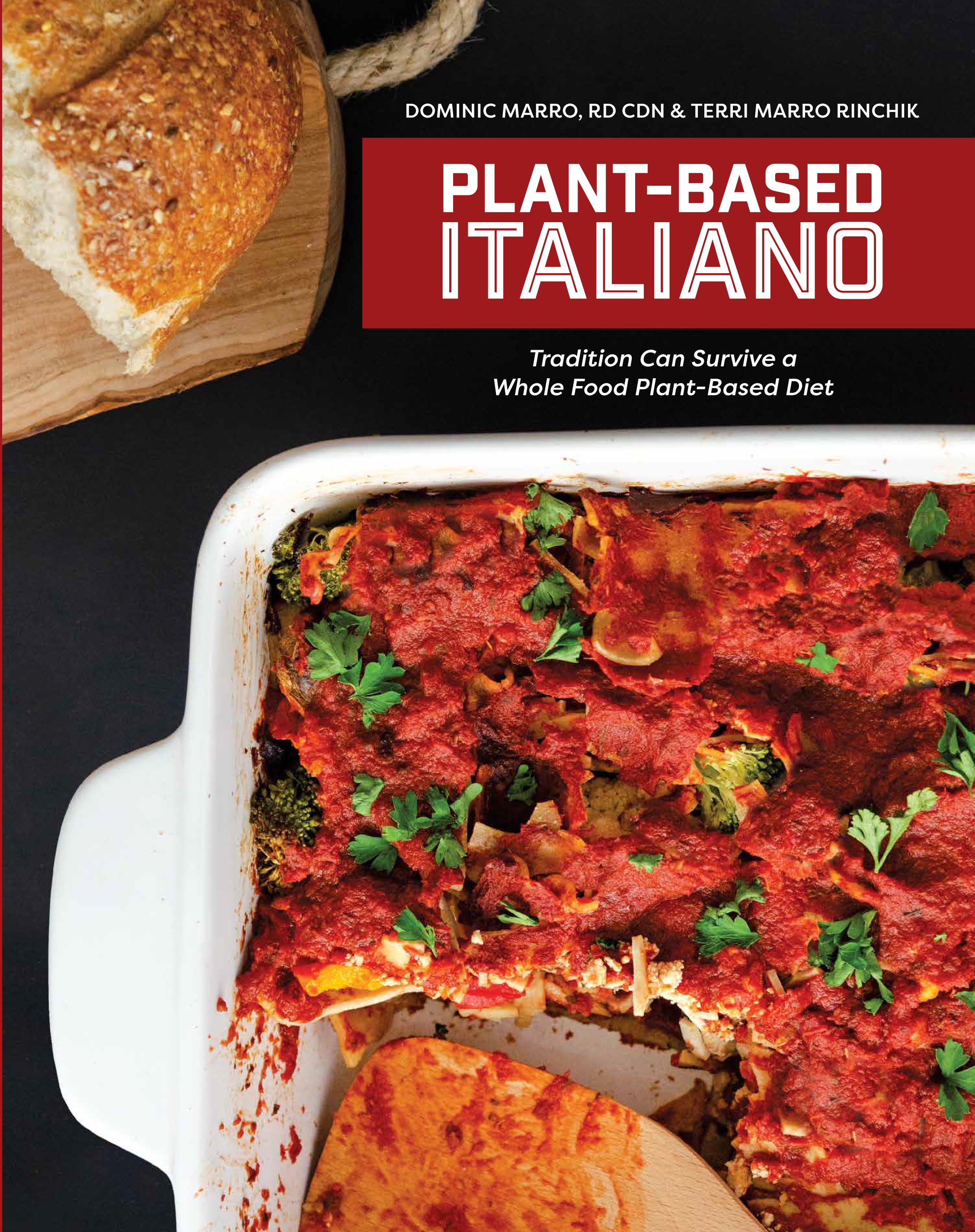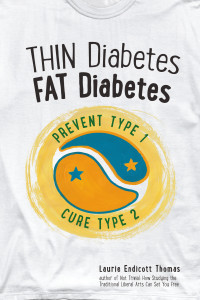The dominant foods in a Whole Food Plant Based (WFPB) diet should be fruits, vegetables, whole grains, tubers and legumes (beans, peas and lentils)
But what about nuts? And what about seeds? (sunflower, sesame, pumpkin etc..)
Nuts and seeds can be eaten by most people following a WFPB diet. It’s just important to recognize that in addition to containing many health-promoting nutrients, nuts and seeds are also very high in calorie density. Nuts and seeds contain 2400 to 3200 calories per pound due to the oils they contain. When you use 1800 calories per pound as a reference, (the calorie density of pure sugar) it gives you an idea why most of us should limit our intake of nuts and seeds.
Are Peanuts Nuts?
Peanuts are actually legumes and not nuts. However, unlike most legumes, peanuts contain large amounts of natural oils. The calorie density of various legumes generally ranges from 480 to 736 cal/lb. The calorie density of peanuts and peanut butter is around 2700 calories per pound. It’s one of the reasons we treat peanuts like nuts.
So we encourage people to add small amounts of nuts or seeds to other foods to add flavor and texture. Nuts and seeds are great to add to salads, cereals and whole grain breads.
If you are dying for a peanut butter and jelly sandwich on whole grain bread, remember that the calorie density of most jellies and jams (1245 cal/lb) is less than half of most peanut butters. It’s even much less than the calorie density in reduced-fat peanut butter (2330 cal/lb). You can be more liberal with the jelly than the peanut butter.
What Peanut Butters Should I buy?
Natural peanut and other nut butters that require stirring are your best choice. If there is liquid floating on the top, it means that oils containing trans and saturated fats have not been added. The name brands that are available at most supermarkets in the Capital District region of NY State are Smucker’s and Teddie brands.
What About Conventional Peanut Butters?
Conventional peanut butters contain hydrogenated and partially hydrogenated oils which contain artery-unfriendly trans fats.
What About “Natural” Peanut Butters That Don’t Require Stirring?
“Natural” Peanut Butters that do not require stirring contain palm oil which is high in artery-unfriendly saturated fatty acids.
Here are the ingredients of three of the most popular brands of peanut butter:
| Peter Pan Conventional PB Smooth and Chunky | Peter Pan “Natural” Peanut Butter |
| Roasted Peanuts, sugar, hydrogenated vegetable oils, salt, partially hydrogenated cottonseed oil | Peanuts, sugar, fractionated palm oil, salt |
| Jif Conventional Peanut Butter | Jif “Natural” Peanut butter |
| Peanuts, sugar, molasses, fully hydrogenated vegetable oils (rapeseed and soybean), mono and diglycerides, salt | Peanuts, sugar, palm oil, salt |
| Skippy Original Peanut Butter | Skippy “Natural” Peanut Butter |
| Peanuts, sugar, hydrogenated oils (cottonseed, soybean and rapeseed), salt | Peanuts, sugar, palm oil, salt |
What About Peanut Powders?
Peanut powder is what you get when 85% of the peanut’s oil is removed and what’s left is ground into a powder. As you might imagine, this reduces the calorie density quite a bit. PB-2 is the most popular brand right now, but I purchased Jif Peanut Powder for no other reason than it was on sale and I’m cheap.
Jif Peanut Powder contains 70 calories in 3 Tablespoons (15 g). After adding in the weight of 1-1/2 tablespoons of water (21 g), the prepared product has a calorie density of 881 cal/lb. A far cry from the calorie density of peanut butter.
Isn’t Peanut Powder A Processed Food?
Yes it is. It’s true that fat soluble vitamins and other nutrients are lost when the peanut oil is removed. But unlike most processed foods, calorie density is lowered in the process of making peanut powder.
Oil and sugar contain essentially no vitamins, minerals, protein, fiber and phytonutrients of the food from which they are extracted. Oil is the most calorically-dense food we can eat and is 2-1/2 times higher in calorie density than sugar. We strongly encourage you to eliminate oil from your diet.
We here at Plantastic Life are not big fans of added sugar, but we allow it in certain recipes – especially dessert recipes. Sugar can also come in handy to get kids, and some adults, to eat hot cereals like oatmeal and whole grain corn meal. Of course we’d like people to sweeten things with fruit, but a little bit of sugar can help some people transition to eating healthy foods.
Peanut powders can play a similar role to sugar as part of a WFPB diet. In fact, the powder does retain the peanut protein, fiber and other nutrients. Therefore, peanut powder is much more nutrient dense than sugar. So spreading the reconstituted powder on an apple, banana or slice of whole grain bread is not such a bad deal.
If your diet is dominated by fruits, veggies whole grains and legumes, and you occasionally have some sugar and peanut powder, you should be fine. Stay focused on the big picture.






 E Excerpt from Laurie Endicott Thomas’s amazing book Thin Diabetes – Fat Diabetes by clicking here!
E Excerpt from Laurie Endicott Thomas’s amazing book Thin Diabetes – Fat Diabetes by clicking here!
Speak Your Mind